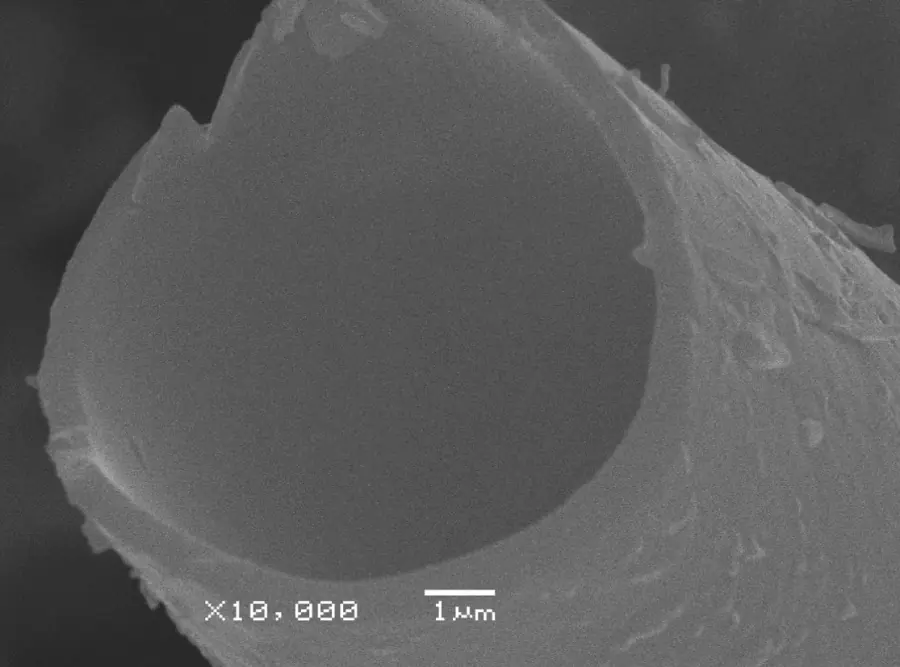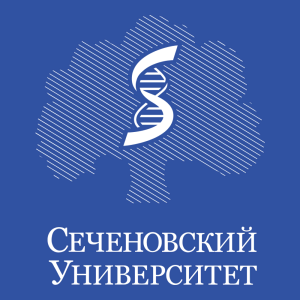A group of natural polyphenols
Publications
43
Citations
786
h-index
12
Authorization required.
Our group researches natural polyphenols in order to develop natural polyphenols. The comprehensive study includes spectral, chromatographic, biopharmaceutical and pharmacological analysis methods using in silico, in vitro and in vivo models. Work is underway to modify substances based on natural polyphenols by phase modification using crystal engineering methods.
- Chromatography
- Spectroscopy
Research directions
Engineering of dihydroquercetin crystals
+

Dihydroquercetin (2,3-dihydro-2-(3,4-dihydroxyphenyl)-3,5,7-trihydroxy-4H-benzopyran-4-one) is a promising object for the development of new drugs. There is a reliable raw material base in the form of a lump of Siberian larch (Larix sibirica) and Daurian larch (Larix dahurica). There are a number of technologies for producing dihydroquercetin from waste from the logging industry (which increases the profitability of technological processes and reduces the negative impact on the environment, since no separate logging is required) that have been successfully introduced into production on the territory of the Russian Federation, in particular in the form of a pharmaceutical substance (FS-000388, Ametis JSC). This flavonoid is characterized by a wide range of biological activity: neuroprotective, phlebotropic, wound healing effect. The translation of the results of basic research into real clinical practice is hindered by limited bioavailability in the enteral route of administration. This characteristic includes an indicator of solubility in water at body temperature and permeability through the cell membrane. In terms of GFR XIV, dihydroquercetin is a very slightly soluble compound, which has a direct effect on bioavailability. Thus, the problem of limited bioavailability can have 2 solutions: increasing solubility or developing parenteral dosage forms. In any case, these approaches require optimization of the physico-chemical properties of the flavonoid, which can be achieved by phase modification. To date, no comprehensive screening studies have been conducted on this problem. In the scientific literature, there are only fragmentary studies on the production of new phase modifications, in which an increase in solubility is observed, but within very limited limits. At the same time, a full-fledged physico-chemical, biopharmaceutical and pharmacological analysis of such objects was not carried out. As a result of this study, it is planned to develop, synthesize, physico-chemical and biopharmaceutical characteristics of new forms of dihydroquercetin. This will make it possible to identify previously undescribed pharmacological effects of this flavonoid, as well as to develop new drugs based on it.
Diastereomers of dihydroquercetin
+

Dihydroquercetin, 2,3-dihydro-2-(3,4-dihydroxyphenyl)-3,5,7-trihydroxy-4H-benzopyran-4-one, also known as taxifolin, is a natural polyphenol, a representative of the flavonoid family. Due to its pronounced antioxidant properties and a wide range of pharmacological activity (antiviral, neuropretective, phlebotropic, wound healing, etc.), this compound is of interest for the development of medicines. The availability of plant raw materials and the profitability of industrial isolation of this bioflavonoid determines its commercial attractiveness: more than 200 biologically active additives based on dihydroquercetin have been registered in Russia. At the same time, the structure of dihydroquercetin is characterized by the presence of two chirality centers, which allows it to exist in the form of various stereoisomers: enantiomers and diastereomers with cis and trans configurations of asymmetric carbon atoms. Earlier, during a complex of preclinical and clinical trials, safety was proven for a pharmaceutical substance based on the 2R,3R isomer of this compound (trans-dihydroquercetin). Information about the properties of other stereoisomers is fragmentary and not systematized. However, there is evidence that during some technological processes (for example, during heating), isomerization of dihydroquercetin with the formation of a cis-diastereomer is possible. The stereochemistry of biologically active compounds is one of the key factors determining its pharmacology and toxicity. Thus, a wide turnover of biologically active additives based on a chiral object capable of isomerization to form a little-studied diastereomer carries potential risks to the health of Russian citizens and requires the development of reliable methods for controlling the stereochemistry of this bioflavonoid. At the same time, the study of the properties of cis-dihydroquercetin may open the way to a new medical application of this natural compound. Despite the high relevance of studying the stereochemistry of dihydroquercetin, systemic studies in this area have not been conducted before. The scientific literature does not present scalable methods for the accumulation of diastereomers of this bioflavonoid, data on the physico-chemical characteristics of cis and trans forms are sparse and vary significantly, and information on their antioxidant and cytotoxic properties has not been found. Thus, the scientific novelty of this study is beyond doubt. Nevertheless, the current level of scientific and technical development makes it possible to reliably identify diastereomers using polarimetry, chromatography, IR spectroscopy, circular dichraism and X-ray diffraction analysis. Based on the previously obtained data, it is planned to develop a method for the accumulation and purification of dihydroquercetin diastereomers. To assess cytotoxicity and antioxidant properties, there is a wide arsenal of relevant in vitro and ex vivo models that allow reliable assessment of the effectiveness and safety of candidate compounds for the role of biologically active substances.
Publications and patents
Found
Nothing found, try to update filter.
Марк Борисович Плотников, Александр Юрьевич Шаманаев, Нонна Арсеньевна Тюкавкина, Ирина Анатольевна Селиванова
RU2560518C1,
2015
Нонна Арсеньевна Тюкавкина, Виталий Аркадьевич Хуторянский, Борис Николаевич Баженов, Михаил Юрьевич Сайботалов, Ирина Анатольевна Руленко, Юрий Арсеньевич Колесник
RU2114631C1,
1998
Г.Н. Болдина, И.А. Кондакова, Н.И. Смирнова, Н.А. Тюкавкина, Ю.А. Колесник, И.А. Руленко
RU2097977C1,
1997
Н.А. Тюкавкина, В.А. Хуторянский, М.Ю. Сайботалов, Б.Н. Баженов, В.К. Колхир, И.А. Руленко, Ю.А. Колесник
RU2088256C1,
1997
И.А. Радаева, Н.А. Тюкавкина, С.Я. Соколов, С.П. Шулькина, И.А. Руленко, В.А. Бабкин
RU2043030C1,
1995
Н.А. Тюкавкина, Ю.А. Колесник, В.В. Наумов, И.А. Руленко, Т.Ф. Гаврилова, А.И. Хвостова
RU2040268C1,
1995
Н.А. Тюкавкина, В.В. Наумов, Ю.А. Колесник, И.А. Руленко, В.Е. Ручкин, Т.Ф. Гаврилова, О.В. Наумов
RU2038094C1,
1995
Нонна Арсеньевна Тюкавкина, Валерий Евгеньевич Ручкин, Юрий Арсеньевич Колесник, Ирина Анатольевна Руленко, Виктор Петрович Георгиевский
SU1334077A1,
1987
2023
—
2025
| Терехов Роман Петрович
Lab address
Москва, просп. Вернадского, д. 96, корп. 1
Authorization required.




